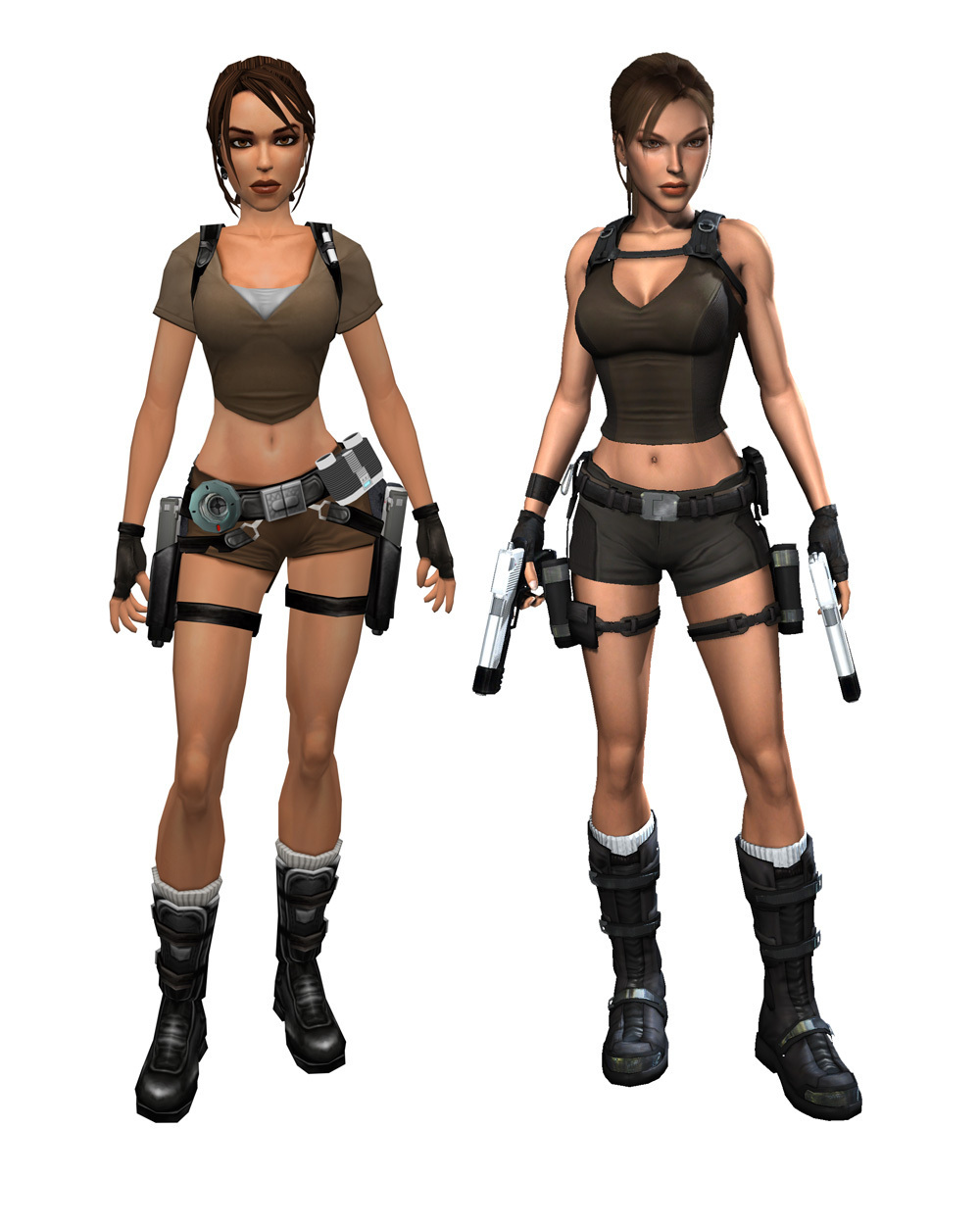Unit 78- BTEC Extended Diploma in Computer Games Design
There are many different aspects within Computer Games Graphics, sprites, textures and animations all go into the graphics of a game.
Pixel Art; Raster Images, Vector Images:
- A pixel, short for Picture Element, is a single point within an image.
Pixels are millions of points within a display screen. They look as though it
is all one picture, because they are so close together
Concept Art; Drawings, Photographs, Mood Board, Videos:
- Concept Art is used to portray a design idea that is to be used in a
computer game, comic book, animation or a film. Concept art is used to show the
bigger picture, it starts with a brief design and then evolves into a finished
product. Concept art is mainly used for characters, vehicles, environments or
weapons. Different form and illustration, concept art is used to explore ideas
quickly.
Artistic Styles; Photo-Realism, Abstraction, Exaggeration, Anime:
- Anime is exaggerated imagery,
natively from Japan, it can be hand drawn or computer animated. The word anime
is itself short for animation, generally the images or characters are very
bright and vibrant, usually with pink or blue hair. Anime stands out from other
forms of artistic styles. Photorealism is an art form of which an already captured image is
recreated, there is also a group called United States Art Movement. The US Art
Movement specialize in photorealism, the group began in the late 1960’s to the
early 1970’s. Artist such as Audrey Flack, Chuck Close and Ralph Goings began
to recreate what they caught on film. This particular artistic style was
created from the Pop Art industry. Photorealism is reliant on photography to be
able to transfer the imagery onto a canvas to create the final piece. Abstraction can take the form of either a painting or even a sculpture,
usually in an exaggerated or distorted fashion. This art form began in 1911, a
piece of art was created by Russian artist Wassily Kandinsky. This artist
believe that different colours meant different things. For example; Blue was
deep and supernatural and White was silent but full of possibilities.
Cel-Shading:
- Cel-Shading is a computer rendered artistic style that imitates the look
of art work that has been hand-drawn. The first computer game to be codified
with cel-shading was Jet Set Radio, by SEGA Dreamcast. However cel-shading isn’t just used for video games,
but it is the main platform. Some animated television shows use cel-shading to
gain the right look.
Background Graphics:
- A
background graphic is what’s known as a sprite, it is a image or animation in a
2D format. Background Graphics, walls,
clouds and forests etc… The background graphics may be more objects than
anything else, however it would be objects that aren’t functional.
Image Capture:
- Capturing an image, using a camera, screenshot, a scanning machine or
any other method of being able to get an image onto a screen. Capturing an
image isn’t the hardest thing to do but as a photographer it is important to
capture the right thing. If you were working on a game based on street crime in
London, for example. Then taking pictures of a park in Manchester isn’t going
to be right. Researching what you need to do before doing it is important to
gaining the highest quality of imagery possible.
Storage of Image Assets:
- Storage of an image asset means the file size, how big the file is. Name,
what the file is going to be called. Storage, where will you save it. Saving
and storing a document, or picture, correctly is important to assuring you
don’t lose it. Also naming it appropriately will help you find it easier. For
example, take Mario. If you were to have a folder with various different
Mario’s within it the folder would be best called ‘Mario’ the files within
‘Mario 1’ Mario 2’ etc…
What is Graphics Specification?
Below is the definition of Specification from the Oxford Dictionary;
An act of identifying something precisely or of stating a precise requirement: 'give a full specification of the job advertised' [mass noun]: 'there was no clear specification of objectives'
Putting this into terms of Graphics specification, it could refer to any of the elements within a graphic. Such as;
- Resolution
- Compression
- Optimization
-Storage of an Image Asset
-File Extension
It could also refer to other things such as:
- Client Needs
- Audience
- Thumbnail Sketches
-Visual Styles
-Composition
- Typography
- Technical Considerations.
Overall a specification could be seen as a rule or instruction, maybe in a client brief they would ask for presise things which you would have to deliver.




